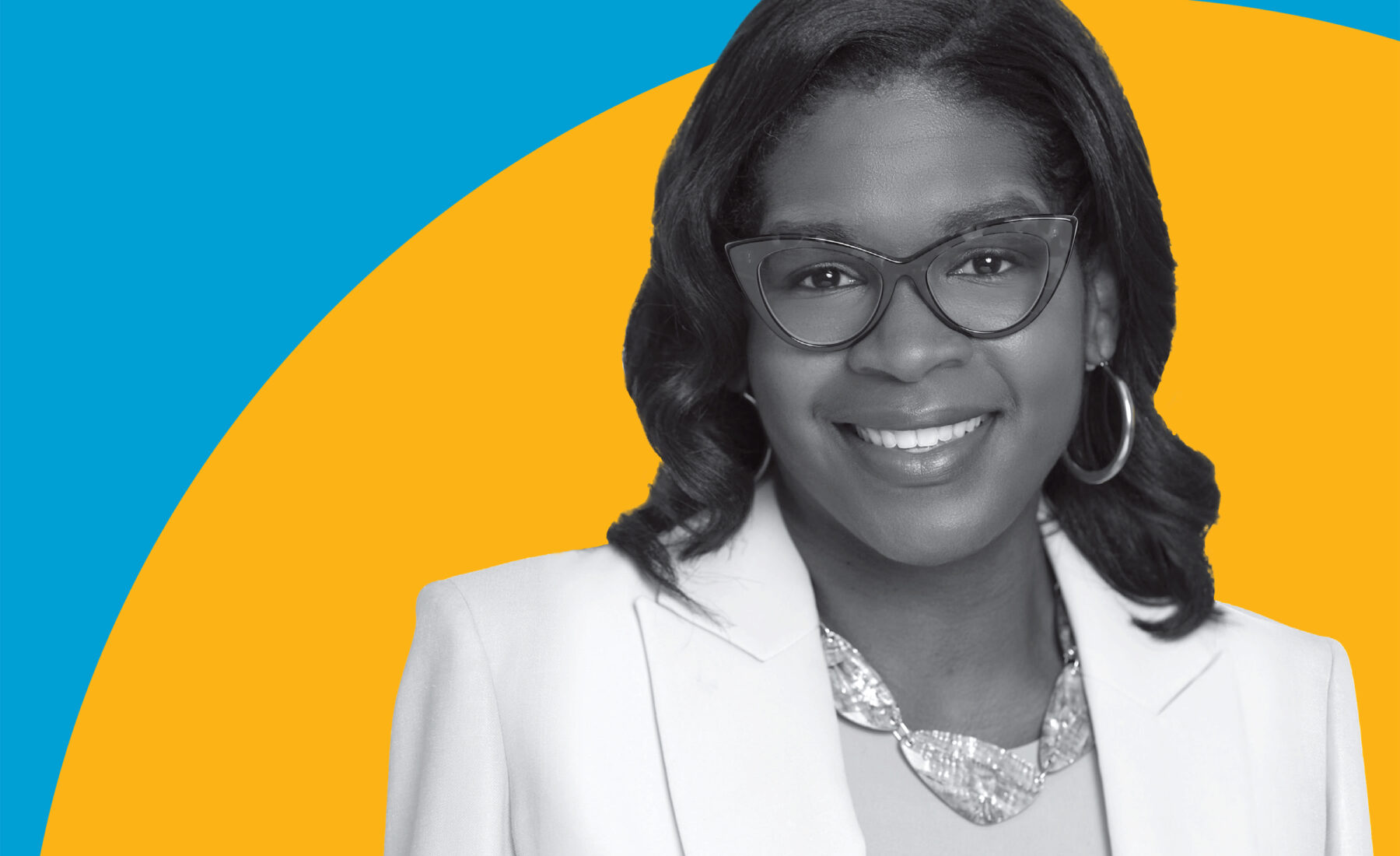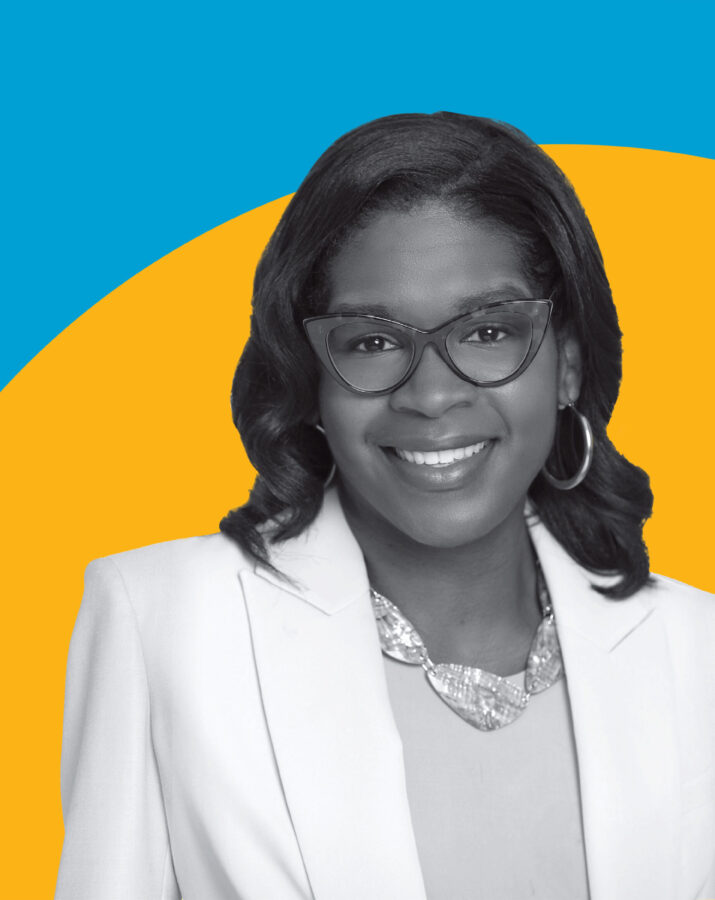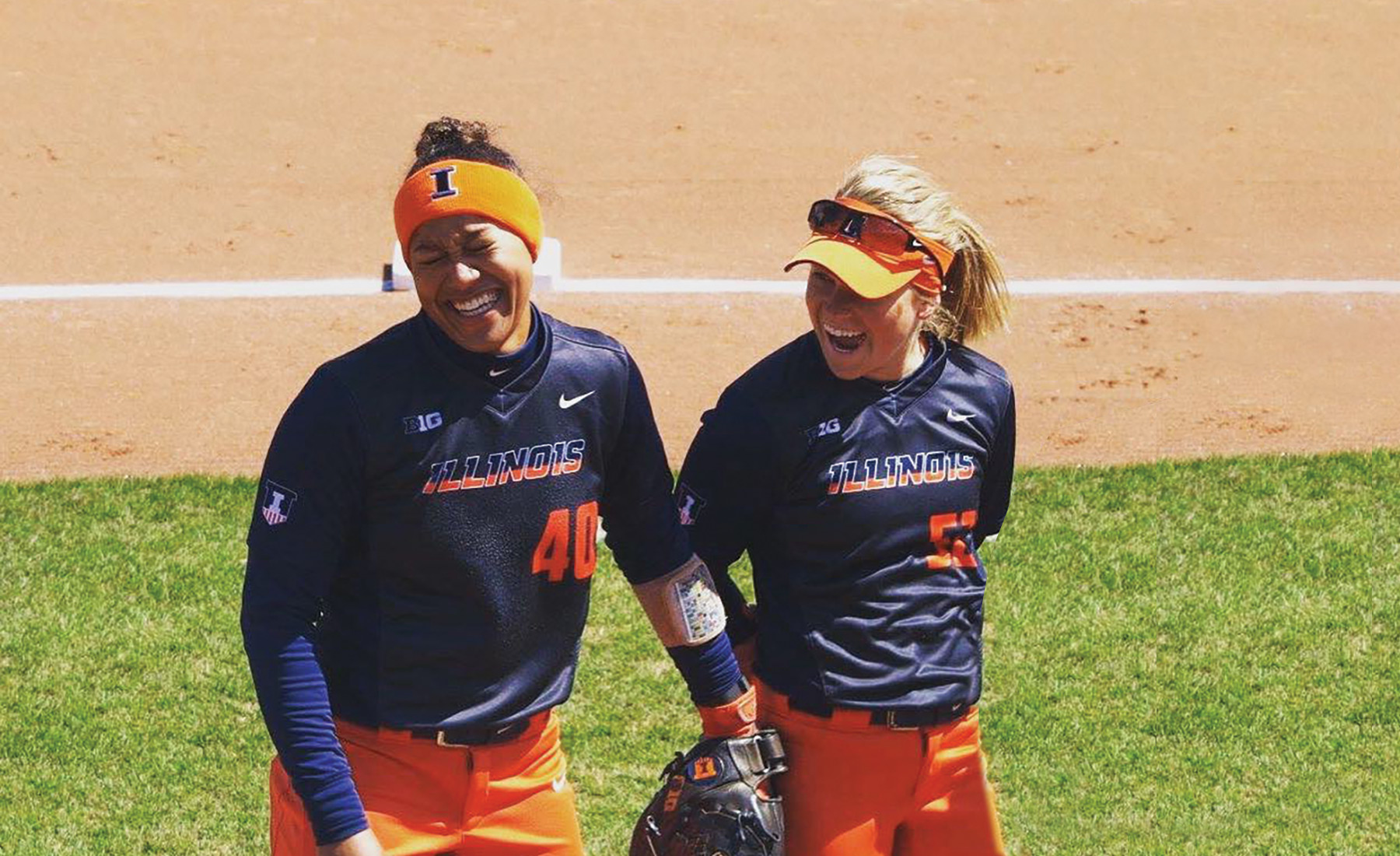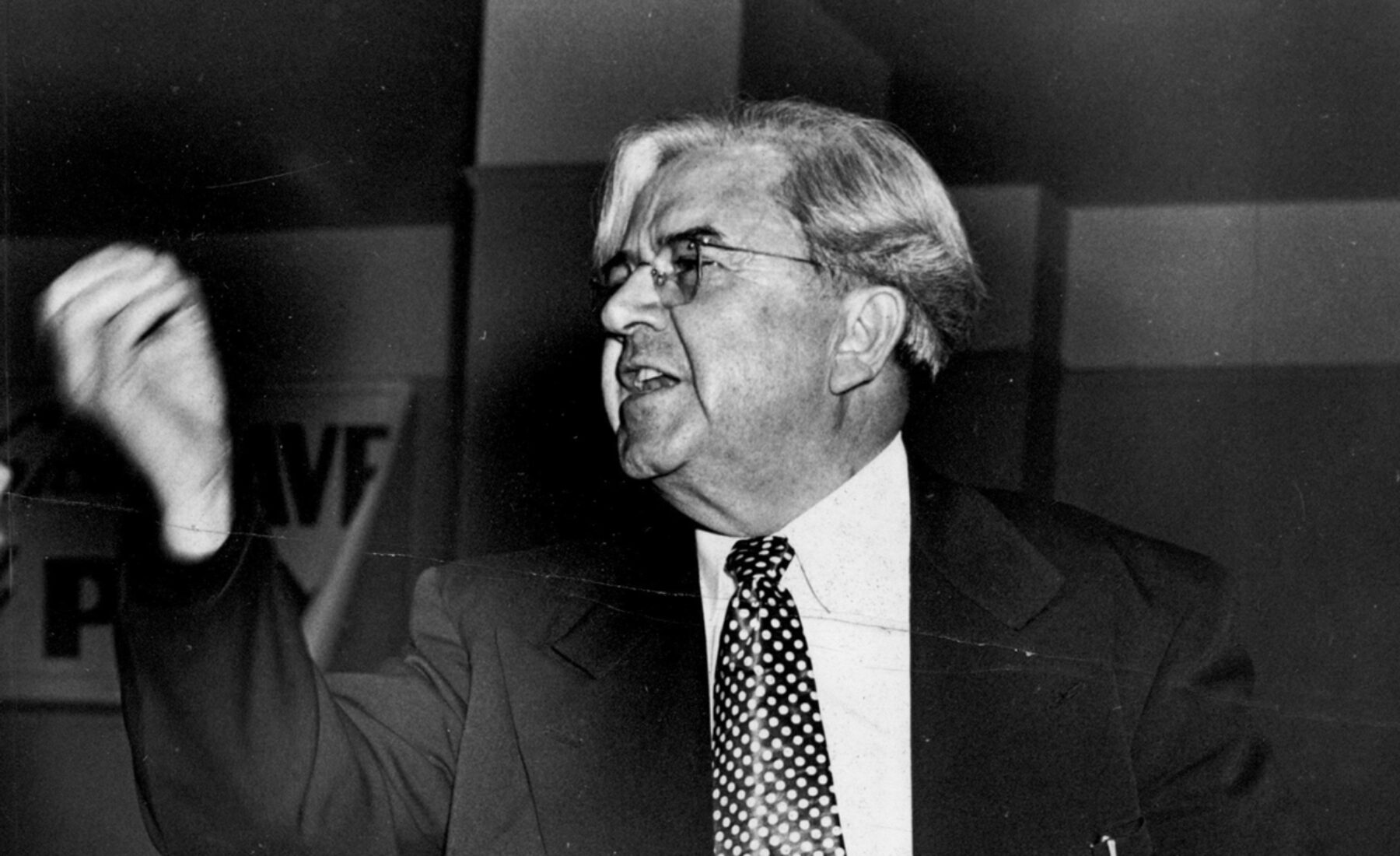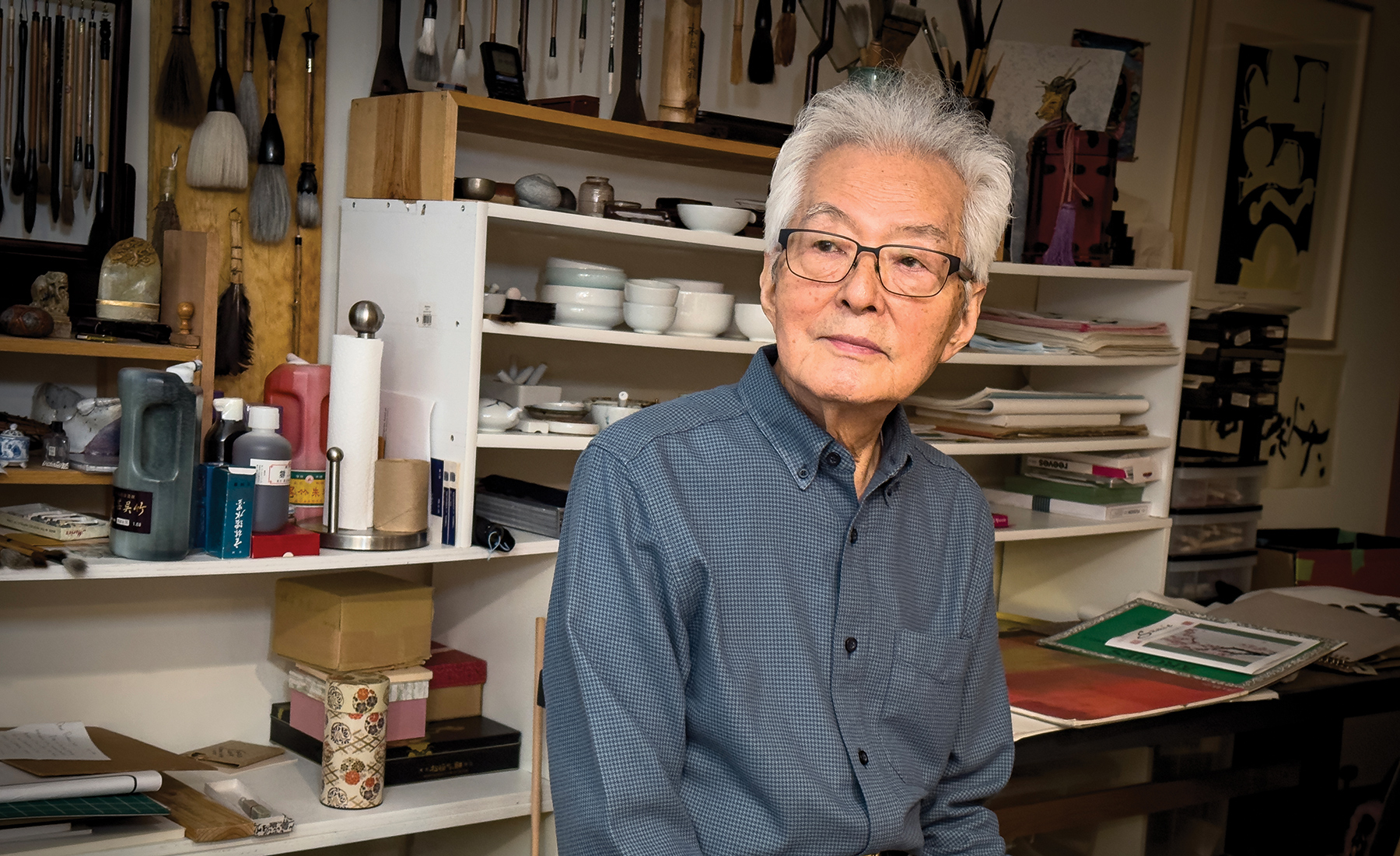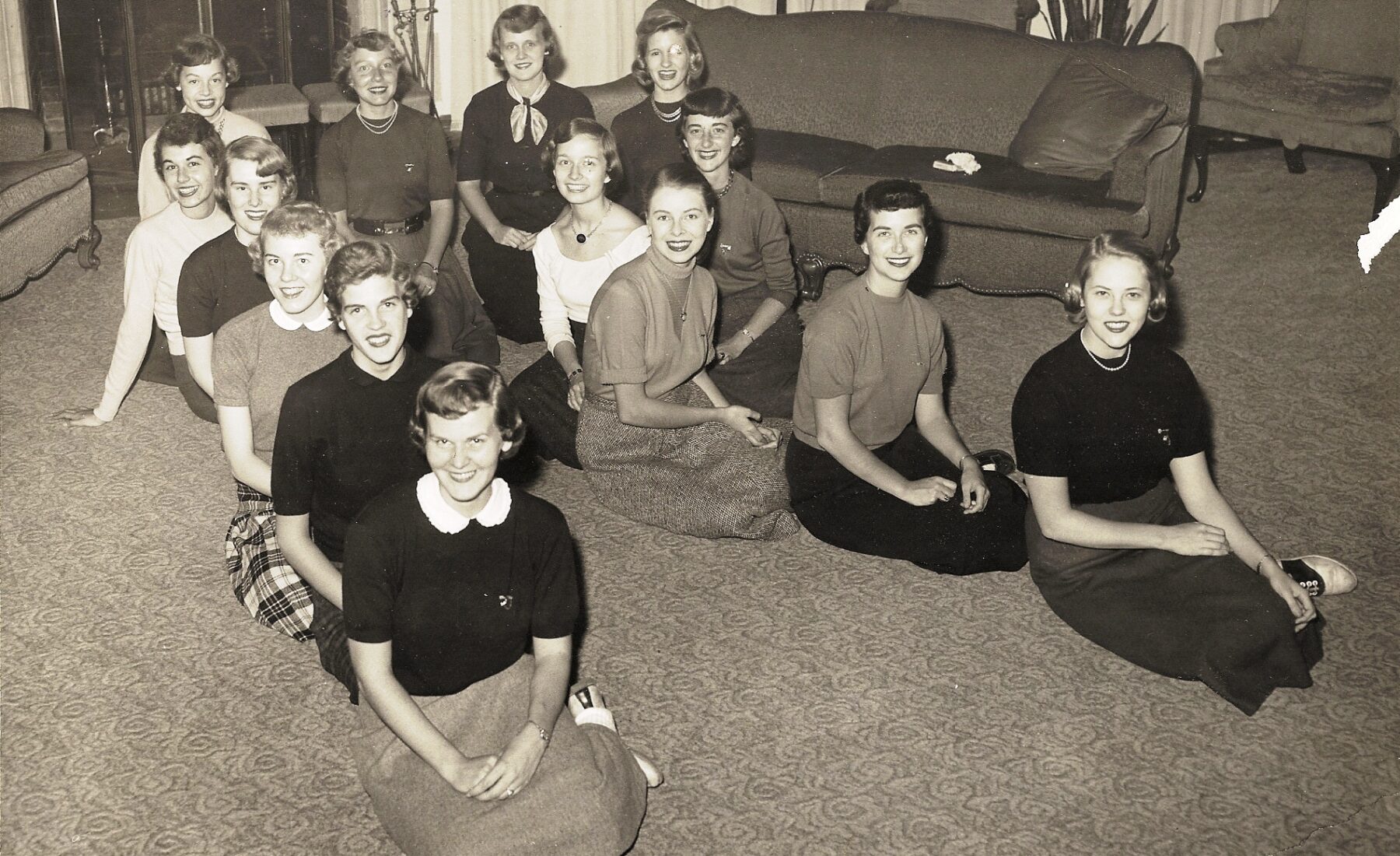In this essay, Dowdy shares how her work has connected the dots across race, disability, tech, and faith. The Illinois Storytellers series brings you first-person pieces from distinctive Illinois voices.
I often tell people I was pretty much made to do what I do. I was born to young, Black, Deaf parents on the South Side of Chicago—talk about growing up at the intersection of race, disability, gender, and socioeconomic status. As a CODA, or child of Deaf adults, I’m constantly observing two worlds—the hearing culture and the Deaf culture. I’m scanning for what’s missing, who needs access, and how to build a bridge between the two.
Growing up, I often served as an interpreter for my family and my church community. Our home was filled with technology that helped my parents communicate with others. We had a lamp that flickered on and off whenever someone would ring the doorbell. We had the bulky teletypewriter attached to the telephone line with a little screen allowing my folks to talk to someone line by line.
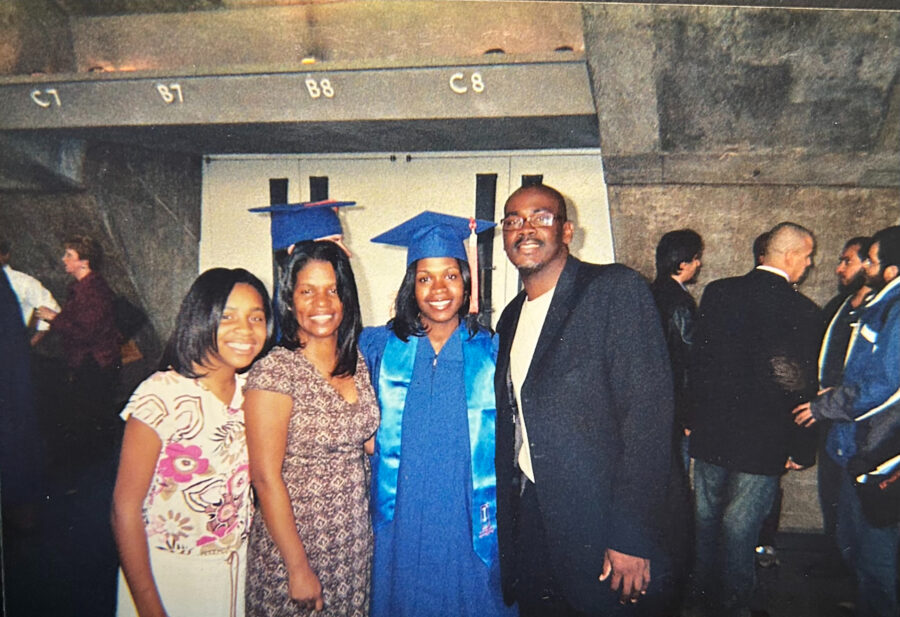
All of this helped me fall in love with tech, and that is how I found my way to the engineering program at Illinois. In many ways—good and bad—Illinois prepared me for my future. I remember praying to God that if he got me through the grueling electrical engineering program, I would dedicate my career to serving people with disabilities, people who look like my parents.
It also challenged me in unfortunate ways, like when I was told that I would never become an engineer based off one glance at me. I was told that I might be better off studying Caribbean Studies. It wouldn’t be the first time I would experience roadblocks as a Black woman entering the tech industry, where many other engineers don’t look like me. However, it truly clarified my calling to accessibility and amplified why I wanted to do this so badly. I continued because I knew that it wasn’t just about me. I knew that the intersection of race and disability mattered and that I was going to bat for my family and friends.
My work has centered on connecting these dots across race, disability, tech, and faith. I’ve had a tremendous career journey that started in mobile accessibility at Motorola, where I focused on helping to ensure the first generation of Android devices was accessible. Then, at Microsoft, I had a leadership role in building the AI for Accessibility program. I got to work with startups, academic institutions, and disability organizations to reimagine what education and employment could look like for people with disabilities.
Now, I work at Netflix and focus on entertainment and TV accessibility. I realized there’s a place for joy as much as there is a place for justice and that the two don’t have to be mutually exclusive. I have to say that before working at Netflix, my parents never understood what I did, but once I got to Netflix, they were like, “Oh, yeah, we get that. We love movies, and we love watching them on Netflix.”
I’ve always known technology could be a bridge—closing many gaps for people with disabilities—but this intersectionality piece was something I just couldn’t shake on my journey. Especially in today’s climate, I’m mindful that my Black, Deaf family and friends may encounter a police officer and have a not-so-great interaction. Will they even be able to share that they’re Deaf before automatically being judged for being Black?
I’m also mindful how half of the Black people who have died at the hands of police in this country have had some sort of mental health disability. Or how a large population of people currently incarcerated are illiterate or living with dyslexia and how that continues to feed our school-to-prison pipelines with people with disabilities.
When I think about all these things, I realize that we’re all going to contribute to cementing barriers to access if we don’t use the tools we have to innovate for change. A lot has changed when it comes to accessibility over the years, but some things have unfortunately remained the same.
The World Bank calls it the “disability divide.” These are the systemic barriers that contribute to widening gaps in unemployment rates. People with disabilities have an unemployment rate that hovers around 50 percent to 80 percent—a rate that has remained stagnant for over thirty years.
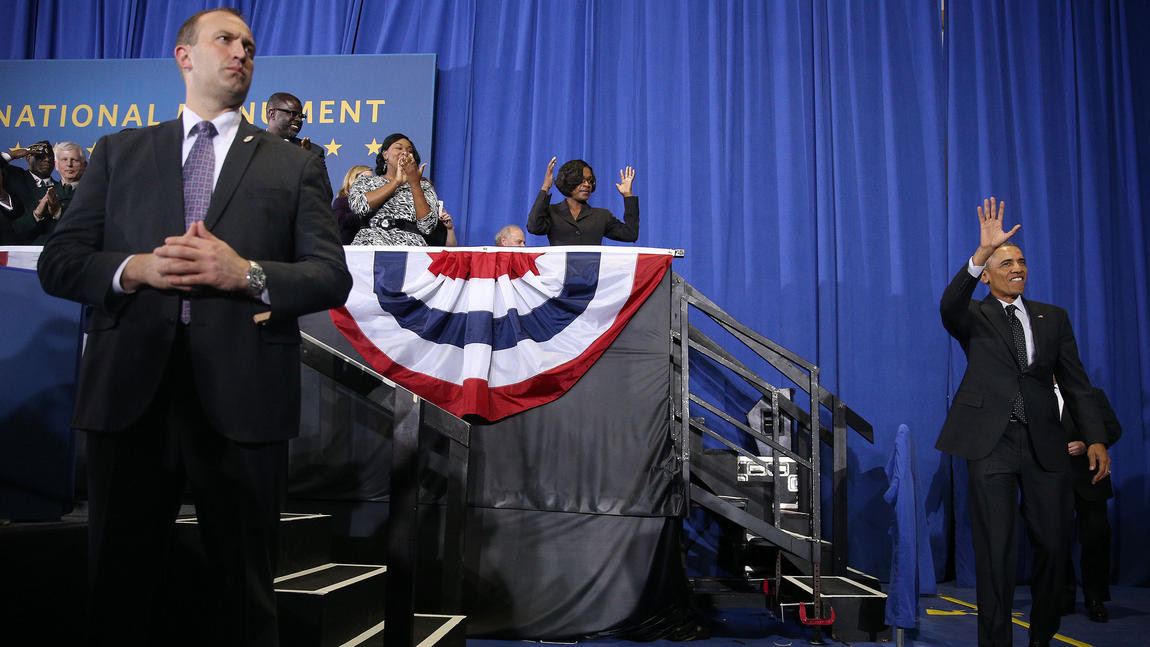
There are also gaps in education and graduation rates for students with disabilities. When we think about the hybrid learning that took place during the pandemic, it was a sobering wake-up call for the need to make our tools and websites more accessible.
According to the WebAIM Million report, over the past three years, the number of accessible websites has only changed from 2 percent to 4 percent, even when the most common accessibility bugs are easy to fix. The top bugs tend to be in low color-contrast or missing alt-text for images, empty links, or empty button labeling.
So, who’s going to get us to that accessible promised land?
I truly believe it’s the disability community, who have been no strangers to hacking solutions for the benefit of all of us. As a matter of fact, inclusion is what drives innovation when we solve for one and extend to many. A great example is closed captioning, which has allowed companies like Netflix to entertain the world in so many different languages. And while the solution was developed based on the needs of the Deaf and Hard-of-Hearing community, it has benefited all of us. Over 40 percent of our members regularly watch Netflix movies and TV shows with closed captions enabled.
Other examples include the latest breakthroughs in voice recognition and artificial intelligence. We need to think about how we can leverage AI, not to replace human capability but to really complement it and close some of these gaps in the disability divide. To do that, we have to think about three inclusive AI principles.
First, that there is bias in a lot of things. Machines and robots are not going to solve bias for us. They are created and programmed by people who have bias. Let’s recognize where our biases are and reduce them.
Secondly, AI is run on lots and lots of historical data, so it’s important that we don’t design the future based on the past. The past has been harmful for several marginalized communities, such as people with disabilities. Lastly, it is essential to give people with disabilities a place at the table and empower everyone throughout the life cycle of creating new solutions for the future. I get it. It’s heavy, and sometimes we all wonder if we can really make a change and tip the scales of justice. But that’s when I think about Judy Heumann, an activist who had a profound impact on me.
Judy is widely known as the “mother of the disability rights movement.” She worked in the Clinton and Obama administrations, served as the World Bank’s first advisor on disability and development, and was integral in the passage of the Individuals with Disabilities Education Act, the Americans with Disabilities Act, and the UN Convention on the Rights of Persons with Disabilities. Her story is told in the Oscar-nominated documentary Crip Camp on Netflix and her memoir, Being Heumann.
Unfortunately, our paths didn’t cross in person on my journey to becoming a disability justice advocate. Still, Judy’s inspiring work reminds me that when we come together, we can make an enormous difference in millions of lives. Later I would sit at some of the same tables, in some of the same rooms that Judy sat in—both as I served on the board of the World Institute on Disability, which Judy co-founded, and now as a public board member of the U.S. Access Board.
What Judy left behind is a legacy much bigger than you and me. Thinking of her work reminds me that life is short between the dash, so it’s important to make an impact. The future of accessibility depends on building a legacy of disability inclusion now.
This story was published .